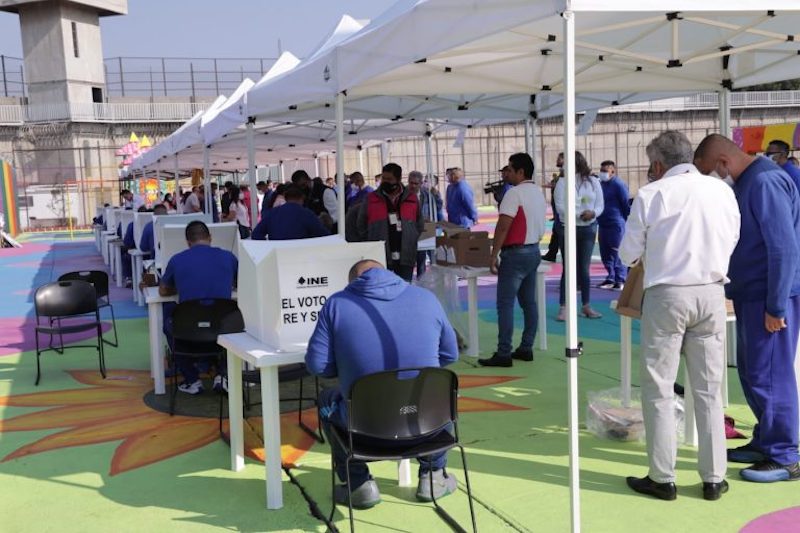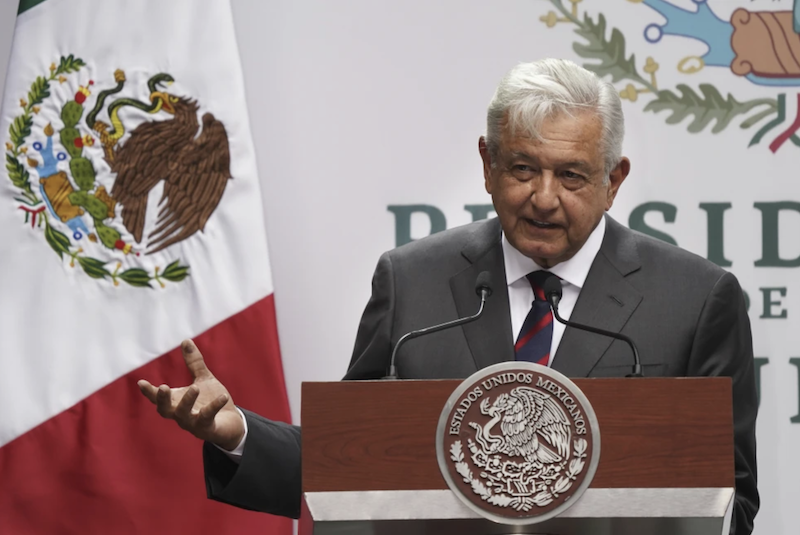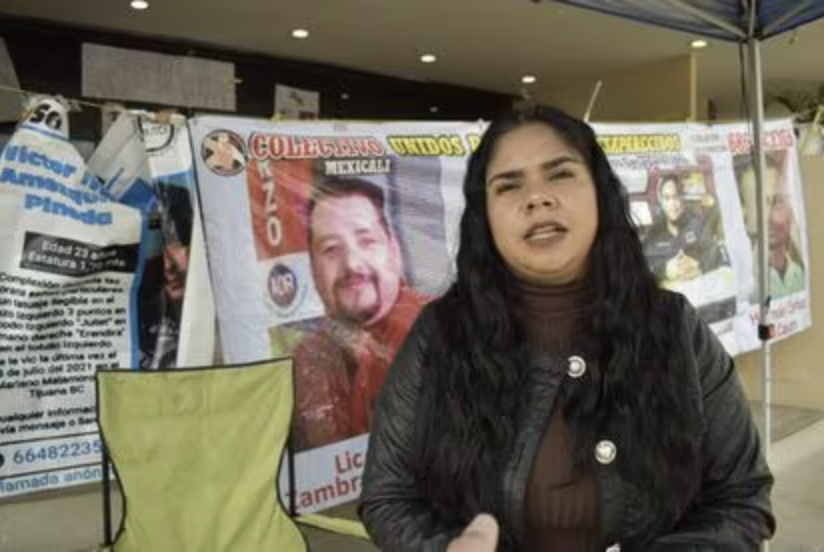
05/31/14 (written by cmolzahn) — Following his visit to Mexico in April, Juan E. Méndez, special rapporteur on torture for the United Nations, expressed concern that there is a “generalized situation” of torture in Mexico, that needs to be addressed. Méndez, who is from Argentina, was in Mexico from April 21 through May 2 investigating the increase in allegations of torture in Mexico as part of a review of the country’s protocols and protection mechanisms for human rights. He engaged in over 100 meetings with officials and representatives at the local, state, and federal levels, and visited prisons, migration centers, and psychiatric hospitals in the Federal District (Distrito Federal, DF), Nuevo León, Baja California, Chiapas, and Nayarit. Méndez’s assessment and evaluations will assist in developing plans to prevent, investigate, and sanction the practices of torture and cruel, inhumane, or degrading treatment.
The Peña Nieto administration has claimed some success in reducing the incidence of torture and otherwise abusive treatment, which has been widely blamed on the militarization of the country’s public security operations during the federal government’s military-led offensive against organized crime groups dating back to December 2006. During the six-year tenure of former President Felipe Calderón (2006-2012), Mexico’s National Human Rights Commission (Comisión Nacional de los Derechos Humanos, CNDH) registered a 500% increase in reports of torture and otherwise cruel, inhumane, and degrading treatment, with 7,253 such cases reported. The Peña Nieto administration points to a decline in the recommendations handed down by the CNDH regarding the matter as evidence that the situation is improving. Moreover, the CNDH itself reported in late April that there was a 30% decline in reported cases of torture between 2012 and 2013, crediting its own National Mechanism of Prevention of Torture in Mexico (Mecanismo Nacional de Prevención de la Tortura en México). Méndez acknowledged that this decline could be a result of fewer cases of torture, but stressed that it could also stem from victims’ lack of confidence in the authorities to respond.
Méndez blames the “generalized and normalized” use of torture largely on the militarization of public security functions in Mexico, though he made clear that police forces are also to blame for employing torture, which generally occurs during the first 12-24 hours of detention to extract information or a confession before handing subjects over to the corresponding public prosecutor’s office. Aside from concern over the widespread presence of the military in Mexican civil society, he also criticized what he termed the “colonization” of state and local police forces through the appointment of former military officers to their ranks, on the grounds that they bring a military mentality to civilian law enforcement, which raises the risk of human rights being ignored or disregarded. The methods employed, says Méndez, include verbal threats; beatings; the use of plastic bags to induce asphyxia; electric shock, often applied to victims’ genitalia; waterboarding; and acts of humiliation, such as forced nudity.
Méndez said that impunity is at the core of the continuing problem of torture by security forces, as there are no solid mechanisms in place to pursue allegations of abuse. In the court system, he said, the burden of proof that torture has been employed to extract a confession has fallen on the accused, who is not given an opportunity to do so until he or she appears before a judge, often weeks after the fact when physical signs have since disappeared. Perhaps in anticipation of this criticism, in the days leading up to Méndez’s visit in April the Mexican Supreme Court (Suprema Corte de Justicia de la Nación, SCJN) for the first time set parameters that judges must follow in cases where a defendant claims that torture was used against him, particularly to extract a confession. The decision came in a ruling involving a woman sentenced to 25 years in prison for the murder of her husband, who later claimed that her confession came amidst psychological torture. The SCJN did not rule on her culpability, but rather issued an injunction (amparo), relieving her of her sentence. Moreover, the justices ruled that judges must initiate a prompt investigation into alleged of torture, and that the burden will fall on the responsible authorities to prove that such acts did not take place.
In response to his prison visits, Méndez expressed concern about overcrowding, a well-documented problem, particularly in Mexico’s state prisons which have increasingly been tasked with housing federal prisoners, stressing their institutional capacities, which result in multiple prison breaks during recent years. He also mentioned abuses against women as a primary concern. Moreover, Méndez said that during his visit to an adolescent internment center in Monterrey, Nuevo León, he found that prisoners are locked up for as many as 22 hours per day, and forced to do excessive exercise as a form of punishment.
Méndez said that he expects to release his final report on torture in Mexico either by the end of this year, or in March of 2015 during the meeting of the United Nations’ Committee Against Torture.
For his part, Juan Manuel Gómez Robledo, undersecretary of Multilateral Issues and Human Rights (Asuntos Multilaterales y Derechos Humanos) of Mexico’s Foreign Ministry (Secretaría de Relaciones Exteriores, SRE), acknowledged that torture remains a problem in Mexico that needs to be addressed. In an interview with El Universal, he agreed with Méndez that the majority of cases occur shortly after subjects are apprehended. He added that Mexico’s federal laws regarding torture often differ from those of the 32 states, making cooperation difficult. Nevertheless, he expressed confidence that the justice reform measures currently being implemented across the states would address much of the problem, and added that the U.N.’s recommendations would be included in Mexico’s National Human Rights Program (Programa Nacional de Derechos Humanos), which will be made public in the coming months.
Sources:
Notimex. “Tortura en México baja 30% en 2012 y 2013: CNDH.” El Universal. April 27, 2014.
Díaz, Gloria Leticia. “Tortura: la impunidad, el tema central.” Proceso. May 7, 2014.




